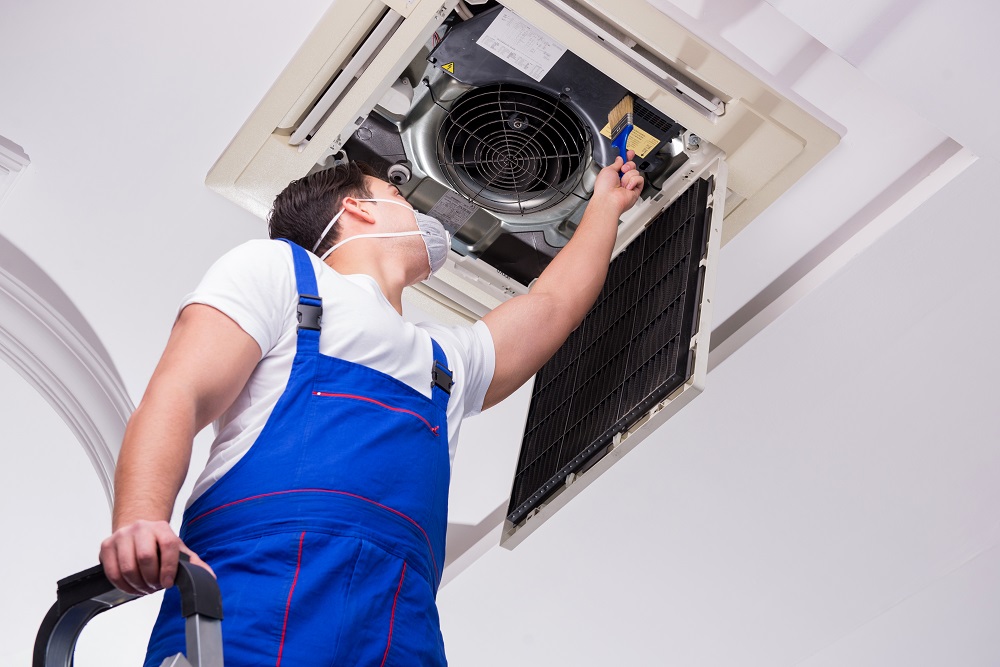Heating systems, HVAC, and cooling systems, commonly known as HVAC, is a vital component of modern life that many people don't appreciate. From the warm embrace of a heated home in winter to the cool relief of air conditioning during sweltering summers, HVAC systems play a crucial role in our well-being and well-being. The history of HVAC is a captivating story that illustrates human ingenuity and technological advancements over the decades, transforming the way we regulate our indoor environments.
As we delve into the development of HVAC, we will explore how these systems began, their development through the years, and the breakthroughs that have shaped today's heating and cooling solutions. Whether you are a property owner looking to improve your system or a company leader seeking effective climate control, understanding the history and function of HVAC is key to making knowledgeable decisions. Come with us as we uncover the milestones in HVAC history and how they relate to the ease and productivity of our living and office spaces.
Understanding HVAC Configurations
HVAC, which refers to heat, ventilation, and air conditioning, is a essential component in not only residential and commercial buildings. https://blogfreely.net/pastepatch9/the-cost-of-heating-ventilation-and-air-conditioning-what-one-should is to provide convenience by managing indoor temperatures, managing humidity levels, and guaranteeing optimal air standard. These units combine various technologies to enable warmth during colder seasons and cooling during summer seasons, making them necessary for all-season convenience.
The components of an HVAC system typically consist of a heater or boiler for warmth, an air conditioner for refreshing, ducting for distributing conditioned air, and airflow systems to introduce clean air and remove stale air. Progress in HVAC innovation have produced enhanced energy efficiency and more control over heating and refreshing controls, often featuring intelligent technology that allows property owners and businesses to maximize their energy consumption and reduce costs.
An optimal HVAC system not only enhances comfort but also is crucial in maintaining indoor air standards. By cleaning and circulating air, these units help to allergens and contaminants, which is notably critical for individuals with breathing issues. Proper knowledge and maintenance of HVAC systems can lead to a better living environment and higher performing functioning, eventually conserving energy and lowering energy bills.
Heating, Ventilation, and Air Conditioning Upkeep and Performance
Consistent upkeep of your HVAC equipment is essential for guaranteeing its efficiency and longevity. A well-maintained system not only operates more efficiently but can also lead to substantial savings on power bills. Basic care tasks include changing air filters on a regular basis, cleaning ducts, and inspecting the thermostat configuration. By keeping these components in good condition, you can prevent unnecessary strain on the unit, which often results in expensive repairs and inefficient energy use.
In addition to regular upkeep, periodic maintenance is crucial for improving your equipment's performance. Fall and spring are optimal times to schedule qualified tune-ups, as these seasons typically involve switching between heating and and air conditioning modes. Technicians can evaluate various elements, such as refrigerant levels, electrical hookups, and motor performance, making sure that your system functions efficiently when it is most required the most. Ignoring these periodic check-ups can lead to unexpected breakdowns when conditions increase or fall.
Enhancing the effectiveness of your HVAC system can also be obtained through intelligent technology and upgrades. Adopting a programmable thermostat provides better temperature control according to your schedule, lowering energy consumption when you are not home. Moreover, explore investing in energy-efficient appliances or zoned heating and cooling solutions. Over time, these improvements can greatly boost system efficiency, reduce your carbon footprint, and lead to significant cost savings on energy bills.
Advancements in Heating, Ventilation, and Air Conditioning Technology
The heating and cooling sector has seen noteworthy progress over the years, leading to enhanced efficiency and greater comfort for customers. Smart thermostats are a major leap forward, allowing users to operate their climate control systems via smartphone apps. These devices learn user choices and modify settings automatically, resulting in reduced energy use and decreased energy costs. Additionally, integration with smart home technology enables easy control of HVAC with other smart home devices, boosting overall comfort.

Another breakthrough in HVAC technology is the introduction of variable refrigerant flow systems. These units enable accurate temperature control and efficient operation by controlling the amount of coolant flowing to internal units based on demand. This adaptability not only boosts comfort but also considerably cuts energy usage compared to older systems. Developments in mini-split technologies have made heating and cooling more accessible for homes without current ductwork, allowing for tailored climate control in separate areas.
Geothermal HVAC solutions represent another advanced solution in HVAC systems. By leveraging the earth's stable ground temperature, these systems can provide highly efficient heating in the chilly season and cooling in the hot months, often with meaningful energy savings. The initial investment may be higher, but the long-term gains include reduced utility costs and a reduced carbon footprint. As https://causecrow1.bloggersdelight.dk/2025/02/28/heating-ventilation-and-air-conditioning-misconceptions-dispelled-what-you-really-must-to-know/ continues to advance, HVAC systems are becoming smarter, even more efficient, and more aligned with sustainable practices, defining the future of HVAC solutions.
